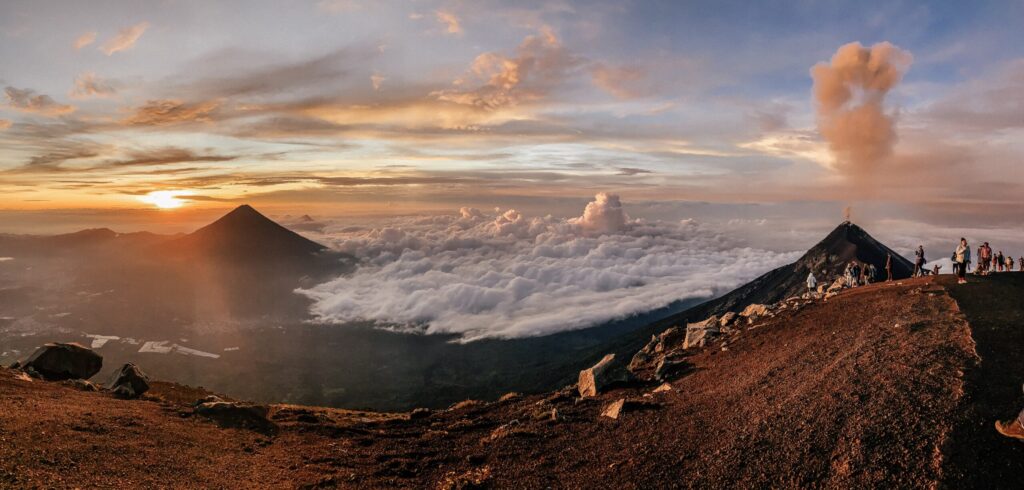Volcán de Acatenango & Fuego, Guatemala: Overnight Trek

About Acatenango & Fuego Volcanoes
Volcán de Acatenango and Volcán de Fuego are part of the Central American Volcanic Arc, located near Antigua, Guatemala. Acatenango stands at an impressive 3,976 meters (13,045 feet), making it one of the tallest volcanoes in Central America. Its neighboring peak, Volcán de Fuego, reaches 3,763 meters (12,346 feet) and is one of the most active volcanoes in the world, frequently erupting with ash clouds and streams of lava.
The trek offers a unique opportunity to witness Fuego’s fiery eruptions up close while standing on the dormant Acatenango, providing an adrenaline-pumping adventure that most people can complete, thanks to the carefully paced tours. It's required to trek with a tour company, which ensures your safety and convenience. These companies provide all transportation, meals, and offer gear for use, which is outlined in detail later in this guide.


Duration and Time
Length of Trip: Approximately 2 days and 1 night.
Start Time: Day typically begin early, around 7:00 AM, from Antigua. This allows ample time to reach the base camp before nightfall.
Return Time: The trek concludes the following afternoon, around 2:00 PM to 3:00 PM, depending on the pace and weather conditions.
Acatenango & Fuego Trail Stats
Elevation at Start: 2,400 meters (7,874 feet)
Elevation at Summit: 3,976 meters (13,045 feet)
Hike Breakdown: The trek is divided into three parts: the main hike to base camp, the optional hike to Fuego, and the final ascent to the summit of Acatenango in the morning.
Total Distance to Summit: Approximately 11 to 12 kilometers (6.8 to 7.5 miles)
Optional Hike to Fuego: Round-Trip Distance: Approximately 6 to 8 kilometers (3.7 to 5 miles)
Best Time to Visit & Weather
The best time to hike Acatenango is during the dry season, which runs from November to April. During this time, you’ll have the highest chances of clear skies and stunning views, especially at the summit. However, keep in mind that the weather on the volcano can be unpredictable year-round, with sudden changes that might bring rain, strong winds, or heavy fog.
Even in the dry season, temperatures at the summit can drop significantly, especially at night and during the early morning hours. It’s not uncommon for temperatures to dip below freezing, so it’s crucial to be prepared with proper cold-weather gear. Warm layers, including thermal clothing, a good jacket, gloves, and a hat, are essential to keep you comfortable during the trek.
If you’re visiting during the rainy season (May to October), be prepared for variable weather. Conditions can range from wet and muddy trails to perfectly clear skies. The trails might be slippery, and visibility can be limited, but with the right preparation, the experience can still be rewarding. I hiked Acatenango and Fuego in July and enjoyed great weather, proving that conditions can be unexpectedly good!
Regardless of the season, always check the weather forecast before your hike and be ready for any conditions. Proper preparation will ensure that you can fully enjoy the experience, no matter what the weather brings.
What to Expect
Day Before: Preperation
Meet at the tour operator's headquarters to prepare for the trek. Here, you'll receive a comprehensive briefing covering everything you need to know about the volcanoes and trek, including distances, elevation gain, and essential items to bring. This is a great opportunity to ask your guides any last-minute questions and familiarize yourself with the gear you’ll need or snacks you may want to bring. The guides will also provide any necessary equipment, such as a backpack, headlamp, and other essentials that you'll pack the next morning if you don’t have them. More details on gear will be outlined later! You'll also meet the rest of your trekking group, typically ranging from 20 to 40 people from all over the world!
Day 1: Hike to Acatenango Base Camp (& Optional Fuego Hike)
Morning:
Start the day by meeting at the tour operator’s location at 7:00 AM to pack your backpack. If you need to borrow a pack, it will be ready for you. You’ll also pack food for the trek, including lunch, dinner, snacks, and breakfast for the following day—everything is provided; you just need to carry it with you. After packing, you’ll drive to a local breakfast spot in Antigua to fuel up with a traditional Guatemalan breakfast and coffee.
After a scenic drive of about an hour, you’ll arrive at the trailhead in La Soledad, a charming Mayan village located at 2,400 meters (7,874 feet) to start your adventure. Expect to be welcomed by friendly mountain dogs, many of whom might become your companions for the trek. I was delighted to have a few of these canine friends join me for the entire journey, staying by my side throughout the two days. These lovable pups are a common sight on the trail, but beware—they’re known for trying to snag snacks if given the opportunity!
Once the group is ready, you’ll begin the hike towards the base camp, located at approximately 3,600 meters (11,811 feet). This part of the trek typically takes 4 to 6 hours, including breaks and a lunch stop. You'll start by traversing through a lush cloud forest, where you can enjoy beautiful views along the way. As you ascend, the forest gradually transitions into an alpine environment before finally emerging into high-altitude volcanic terrain. The tour guides will set a steady pace to keep the group together, especially since there are many groups on the trail. In my group of 40, we had 5 to 6 guides who were incredibly helpful, even carrying extra weight for those who struggled. If you need assistance carrying your gear, you can hire a porter for approximately Q200-Q300 to carry your pack to the base camp. This can make the hike more accessible and supports local workers. I highly recommend this if you're nervous about hiking with a backpack or are inexperienced with elevation gain. A few people in our group did get sick due to the altitude, but our guides took excellent care of them. I’ll cover more about hiring a porter below!
Afternoon & Evening:
Upon arrival at the base camp, you'll be treated to stunning views of Volcán de Fuego. The sight is absolutely breathtaking, especially after a long day of hiking. When I reached the base camp, Fuego erupted right before my eyes—a moment of pure awe that I was not prepared for.
From here, you have the option to embark on an additional hike closer to Fuego, which takes about 3 to 5 hours round-trip and is 3.5 to 5 miles depending on where the base camp of your tour company is. I joined a group of five others and one guide for this adventure, and it was incredible to get so close to an active volcano. This part of the trek is a bit more challenging, as it comes in the second half of the day and requires a faster pace, but I definitely think it's worth it! The best part is, you don’t have to decide whether to do it until the time comes.
If you choose to stay at camp, you can relax, enjoy dinner, play card games, or simply soak in the atmosphere before heading to bed. The tour guides prepare dinner from the supplies everyone carried up the mountain. Rest well, as an early morning awaits!
Night
Base camp accommodations are basic but sufficient, typically consisting of small cabins with padded floors that sleep 5 to 6 people. Sleeping bags are usually provided by the tour operator, but be prepared for cold temperatures at night, often dropping below freezing. The cabin I stayed in was cozy and comfortable, but the temperature was a significant drop from the daytime, so layers are essential.
Day 2: Summit Acatenango
Early Morning:
Rise between 3:45 AM and 4:30 AM to begin the final ascent to Acatenango’s peak at 3,976 meters (13,045 feet). This section of the hike is steep and done in the dark, so a headlamp is essential. Despite the challenging conditions, hiking in the dark is worth it for the chance to witness the sunrise from the summit. You'll be rewarded with breathtaking panoramic views of the surrounding volcanoes, clouds, and the incredible eruptions of Fuego. I was blown away by the views—it was an experience like no other. Some of my puppy friends even joined us on the climb! However, be prepared for freezing temperatures and strong winds at the summit. I found it colder than expected, so make sure to bring gloves, a beanie or buff, and consider borrowing a warm coat from the tour company. I was pretty cold and regretted not packing warmer clothes, so I can’t stress this enough!
Late Morning:
After enjoying the sunrise and taking in the views, you’ll descend back to the base camp for breakfast before heading out. Once you’ve packed, you'll continue your descent to the trailhead, which usually takes 4 to 5 hours. After reaching the trailhead, you'll be transported back to Antigua, concluding your epic adventure.
Hiring a Porter
If you’re looking for extra support on your trek, hiring a porter is a valuable option. Porters can carry your gear to the base camp for a fee of approximately Q200-Q300. This service is ideal if you prefer to hike without the added weight of your backpack or if you’re carrying extra gear, such as a camera bag or additional clothing.
Hiring a porter offers several benefits. It eases the physical strain of hiking by allowing you to enjoy the trek without carrying a heavy load, which is especially helpful if you’re not used to hiking with a heavy backpack or managing elevation gain. Additionally, it supports the local economy by providing employment opportunities. With a porter, you can focus on enjoying the hike rather than worrying about your pack or dealing with high altitudes.
Porters typically carry up to 12-13 kg (30 lbs), so make sure your gear stays within this limit. Hiring a porter can significantly enhance your hiking experience, making your trek more manageable and enjoyable.
What You Need
Preparation is key for an enjoyable hike up Acatenango. While the tour company you book with will provide much of the necessary gear, it's essential to come equipped with the right clothing, footwear, and other essentials to ensure your comfort and safety. The weather can be unpredictable, and the altitude presents its own set of challenges, so having the right gear can make all the difference.
Clothing
Layered Clothing: Prepare for varying temperatures by bringing a thermal base layer, a warm jacket, gloves, and a hat or beanie for the summit. The temperature can drop significantly, especially in the early morning when it's windy at the peak. If you didn’t bring enough warm layers, I highly recommend taking advantage of the gear provided by the tour company, including a warm jacket, gloves, and a beanie or buff. I personally regretted not having a bigger jacket at the summit.
Waterproof Gear: Rain is common in the highlands, so it's recommended to bring a waterproof jacket or poncho. The tour company will provide a poncho if you do not have one.
Basic Hiking Clothes: Wear comfortable, breathable clothing suitable for hiking. Make sure to pack a warmer change of clothes for the night at base camp and an extra change for the following day.
Footwear
Hiking Boots: Sturdy hiking boots with good ankle support are ideal for the rugged and steep terrain.
Running Shoes/Trail Runners: If you prefer, running shoes or trail runners are also suitable; I completed the hike in trail runners. However, keep in mind that there is significant elevation change. While it is technically possible to do the trek in regular sneakers, it’s not recommended due to the challenging terrain.
Gear
Backpack & Sleeping Bag: A backpack and a warm sleeping bag are necessary. If you don’t have your own, the tour company will provide these items.
Trekking Poles: Hiking poles are popular among trekkers, as they can be beneficial for both the ascent and descent, especially on loose gravel. While I didn’t personally use them, many people find them helpful. If you don't have your own, you can rent a wooden pole or two from the locals at the base of the mountain.
Additional Gear Provided by the Tour Company: If you don’t have your own gear, tour operators usually provide backpacks, headlamps, gloves, beanies, and jackets. While the gear is used and might be old, it works well. I highly recommend borrowing their warm layers, particularly the jackets, if you didn’t bring enough.
Food & Water
Water: You must carry your own water, with a recommended amount of at least 3 liters. The tour company ensures that everyone has enough water before leaving, as there is no access to water on the trail except for early on, where vendors sell limited amounts. These vendors carry the water up a certain portion of the trail, so supplies can run out quickly.
Meals: Most tour operators provide meals for the trek. My tour company laid out all the food and snacks for everyone to pack before we set out. We ate lunch on the way, and once we arrived at camp, the guides prepared dinner using the food everyone carried up. Extra snacks like energy bars or nuts are also a good idea to keep your energy up during the hike.
Other Essentials
Toilet Paper: While there are basic toilets available at base camp and at different sections of the trek, toilet paper is not provided. Bringing your own ensures you’re prepared for all bathroom breaks along the way.
Wet wipes/Hand sanitizer: Since there are no proper bathrooms on the trek, wet wipes or hand sanitizer are crucial. If you bring wet wipes, remember that you'll need to pack them out to keep the environment clean.
Sunscreen: The sun at high altitudes can be intense, so protecting your skin with sunscreen is a must, even on cloudy days.
Additional Tips
Altitude Preparation:
Acclimatization: Spend a day or two in Antigua or at a similar elevation before the trek to help your body adjust to the altitude and reduce the risk of altitude sickness. Acclimatization is crucial because the rapid change in elevation during the trek can strain your body if it's not used to thinner air. I had a few friends on the trek who had no experience with this type of elevation, and unfortunately, they got sick.
Weather Considerations:
Unpredictable Conditions: The weather on Acatenango can change rapidly, with the potential for rain, wind, and cold temperatures, so it's essential to be prepared for all conditions. I got lucky with great weather during my trek, but it can be foggy, and I’ve heard stories of people who weren’t able to get a view at all. The fog can roll in and out, so sometimes you’ll have clear moments, but unfortunately, there’s always a chance the summit could be completely obscured. Fortunately, I had a great view overall.
Guided Tours
Trash
Pack Out Your Trash: Unfortunately, you'll likely notice a lot of trash on the hike, including wrappers, bottles, and other debris left behind by those who don't clean up after themselves. Please don’t contribute to the problem—make sure to pack out all of your trash. Bring a small bag to store your waste, and be mindful of the environment so that future hikers can enjoy the pristine beauty of the trail.
Additional Tips:
Hydration: Start hydrating well before the trek to help with acclimatization and endurance. Bring enough water for the trek, as there's no access to water on the trail.
Mental Preparation: The trek can be mentally tough, especially if you're not used to high altitudes or long hikes. Staying positive, taking it one step at a time, and knowing that the incredible views at the top will be worth it can help keep you motivated.
Pack Light: While you need to be prepared, try to pack as light as possible. The less weight you carry, the easier the trek will be. If you're unsure about carrying a heavy pack, consider hiring a porter to help you out.
Tour Companies
When choosing a tour company for your trek, you’re not just selecting a service—you’re also supporting local communities and contributing to sustainable tourism. Each of these companies collaborates closely with local workers, from guides to porters, ensuring that your adventure directly benefits the people of the region. By opting for one of these trusted operators, you’re helping to preserve local jobs and promote responsible travel practices. Below, you'll find a selection of reputable companies that offer exceptional trekking experiences while supporting local economies.
Wicho and Charlies
Known for their friendly and knowledgeable guides, Wicho and Charlies offers a comprehensive trekking experience with a focus on local culture and environmental conservation. Their tours are well-organized, and they provide detailed briefings to ensure a smooth trek. You can learn more on their website.
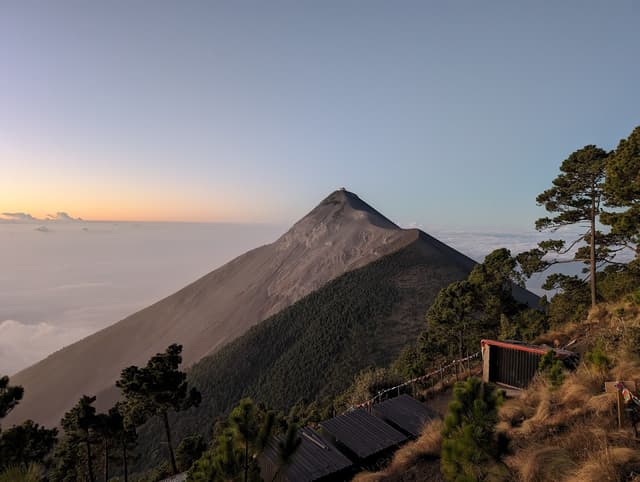
Ox Expeditions
I had a fantastic experience with Ox Expeditions. Their accommodations were comfortable, and the guides were exceptional, providing valuable insights and support throughout the trek. They are praised for their well-maintained gear and commitment to safety, making your adventure both enjoyable and secure. Check out their offerings below.
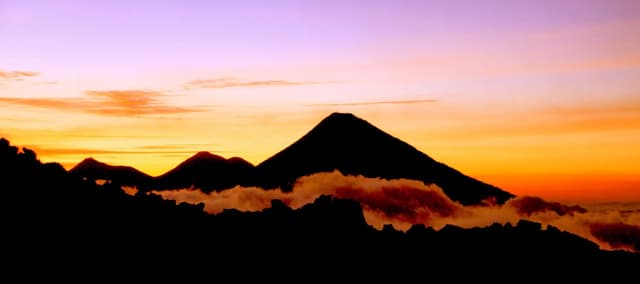
Tropicana Hostel & Tour Agency
Tropicana is celebrated for its personalized service and attention to detail. They offer a range of trekking options with well-maintained equipment and experienced guides who ensure that every aspect of your journey is taken care of. Their commitment to customer satisfaction sets them apart.

V Hiking
V Hiking is known for its focus on providing a memorable and immersive trekking experience. They offer a variety of trek options with professional guides who are passionate about the region. Their emphasis on creating a connection with the local environment enhances the adventure.
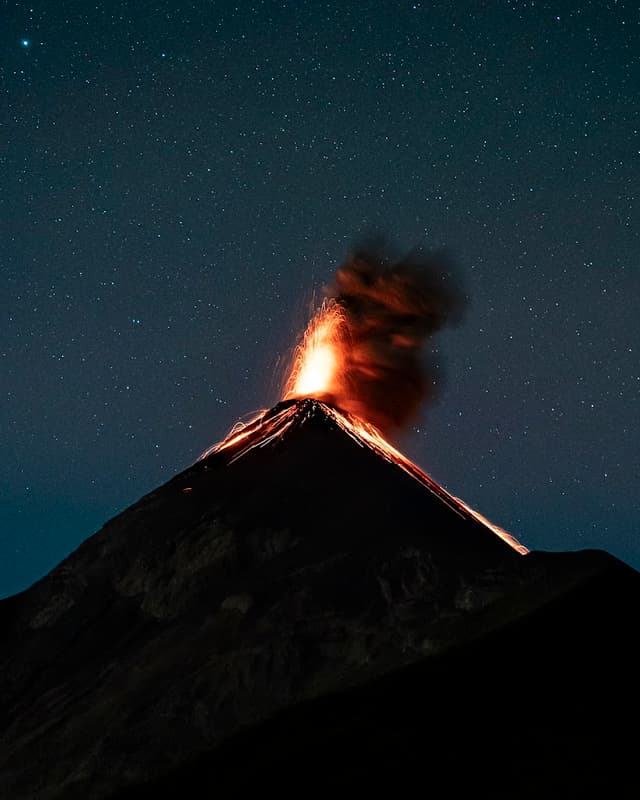
Old Town Outfitters
Offering a unique blend of adventure and comfort, Old Town Outfitters is recognized for their high-quality gear and expert guides. They focus on making the trek as enjoyable as possible with well-planned itineraries and supportive staff. Explore their options at website below.
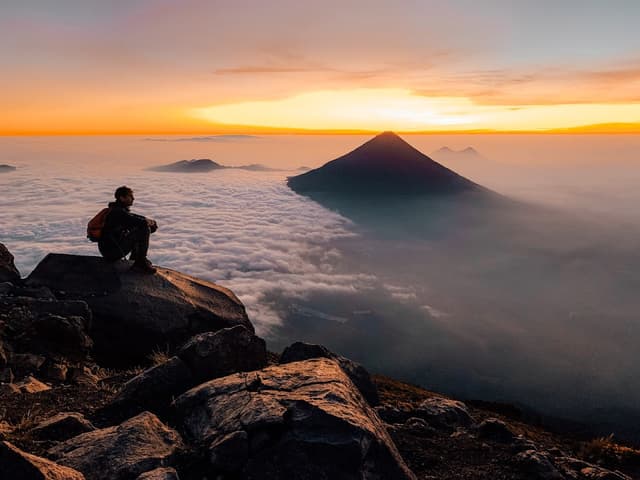
CA Travellers
CA Travellers is known for its comprehensive service and dedication to providing a seamless trekking experience. Their guides are experienced and ensure that every aspect of your trek is managed efficiently. They are a great choice for those looking for a well-organized and enjoyable adventure. Check them out at link below.
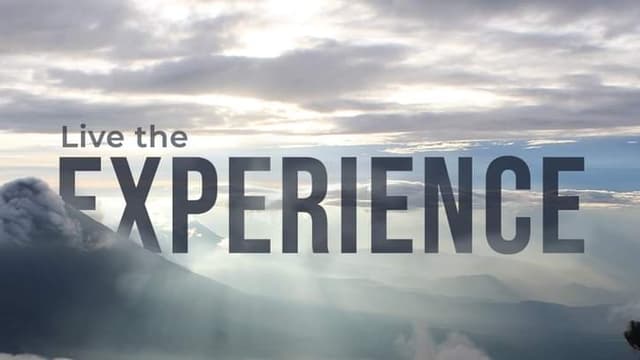
Trek Guatemala
Trek Guatemala offers a well-rounded trekking experience with knowledgeable guides and supportive services. Their emphasis on local engagement and safety ensures a memorable journey.
Need Help Planning Your Trip to Guatemala?
If you're looking for more in-depth information and tips for your Guatemalan adventure, check out my other guides on Guatemala! They cover everything from must-see destinations and cultural insights to practical travel advice, ensuring you have a well-rounded and unforgettable experience.
The home for unique & authentic travel


